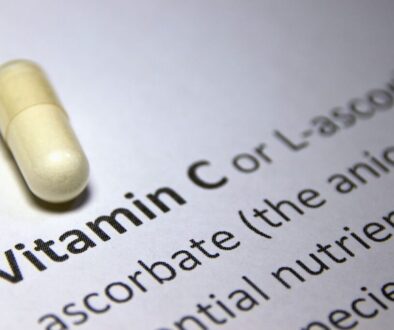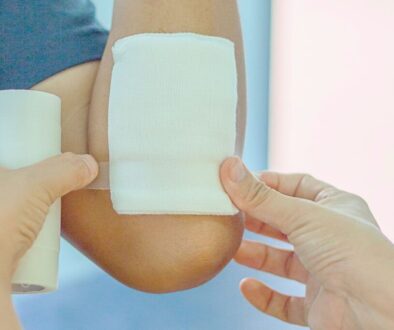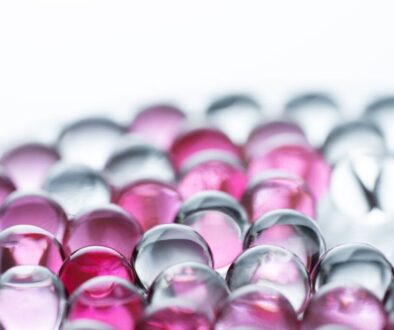The Role Of Growth Factors In Wound Healing Processes
Did you know your body has a secret weapon for repairing damaged tissue? Wound healing isn’t just about time. It’s a complex system working behind the scenes. At the center are growth factors in wound healing. These are small proteins that regulate cells and drive tissue regeneration. Without them, healing can slow or stall, leaving wounds vulnerable. Understanding their role is key to faster, more effective recovery.
In this article, we’ll explore the critical role of growth factors in wound healing. We’ll also look into insights into how the body repairs itself and explore ways to enhance this process, especially for clinical and therapeutic use.
Understanding Growth Factors In Wound Healing
Growth factors in wound healing are special proteins that act as chemical messengers. They guide cells to grow, divide, or differentiate. These proteins are crucial for cell migration, proliferation, collagen production, and angiogenesis, or the formation of new blood vessels. Growth factors are crucial in tissue repair and regeneration after injury.
The Vital Role Of Growth Factors In Wound Healing
Growth factors are essential for orchestrating the healing process when tissue is damaged. These proteins create a controlled environment and help cells work together to repair injuries. Without growth factors, wounds heal poorly, leading to chronic problems or incomplete recovery.
They stimulate cell activity and improve blood flow, creating the foundation for fast and effective tissue regeneration.
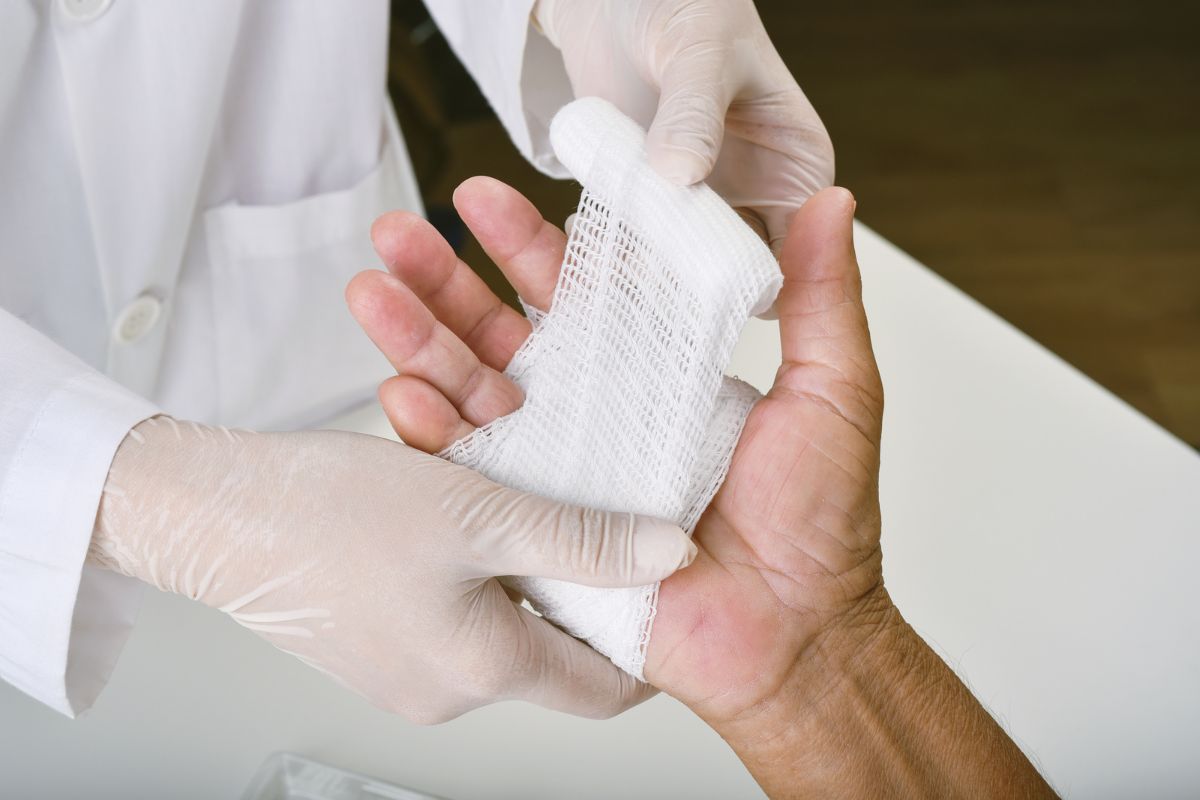
The Phases Of Wound Healing And The Importance Of Growth Factors
Wound healing unfolds in distinct stages, each meticulously guided by growth factors. These crucial molecules coordinate with specific cells to drive and complete the repair process.
Hemostasis And Inflammatory Phase
Minutes after an injury, the body starts hemostasis to reduce bleeding. Blood vessels constrict to limit blood loss. Platelets form a clot quickly at the wound site. They release growth factors, including platelet-derived growth factor (PDGF) and transforming growth factor-beta (TGF-β). These factors recruit white blood cells to clear dead tissue and combat infection.
Histamine and other signaling compounds widen blood vessels, allowing immune cells like neutrophils and macrophages to enter the wound and begin healing.
Proliferative Phase And Angiogenesis
Fibroblasts are essential in the proliferative phase. They are activated by fibroblast growth factor (FGF) and vascular endothelial growth factor (VEGF). Their job is to rebuild lost connective tissue. VEGF plays a vital role in angiogenesis, spurring the growth of new capillaries. These new blood vessels dispense oxygen and nutrients that are essential for cell repair. They also remove waste to support ongoing healing.
Remodeling Phase And Tissue Regeneration
The final stage focuses on strengthening and refining the newly formed tissue. Growth factors like TGF-β and epidermal growth factor (EGF) are key. The temporary collagen from the proliferation phase is replaced with type I collagen. This stronger, organized collagen restores the tissue’s structure and resilience.
Key Growth Factors In Wound Healing
Wound healing is a complex process guided by critical growth factors, each playing a unique role in tissue repair and regeneration.
Platelet-Derived Growth Factor (PDGF)
PDGF, released by platelets, is vital in the early stages of wound repair. It recruits fibroblasts and smooth muscle cells to the injury site, promoting cell growth, angiogenesis, and matrix formation. Thus, its role is indispensable for initiating the repair process.
Vascular Endothelial Growth Factor (VEGF)
VEGF is essential for forming new capillaries within the wound and stimulating vascularization. This helps the injured tissue get the oxygen and nutrients it needs to heal effectively.
Epidermal Growth Factor (EGF)
EGF stimulates epithelialization by encouraging keratinocytes to migrate and cover the wound. It also supports collagen synthesis, which strengthens the newly formed tissue.
Transforming Growth Factor-Beta (TGF-β)
TGF-β has a dual function in wound healing. It controls inflammation to prevent excessive tissue damage. It also promotes fibroblast recruitment and boosts collagen production. Its balanced approach is key to effective tissue repair and scar formation.
Fibroblast Growth Factor (FGF)
FGF promotes fibroblast and endothelial cell growth and movement. It also directly supports new tissue formation and blood vessel development, essential for sustained healing and repair.
Growth Factors And Cytokines In Wound Healing
Growth factors frequently work in tandem with cytokines, another class of signaling molecules. Growth factors mainly promote cell growth and repair. Cytokines, on the other hand, regulate immune responses and inflammation. For example, pro-inflammatory cytokines like interleukin-1 (IL-1) trigger the release of growth factors.
Achieving Immune Balance For Effective Healing
Healing relies on a delicate equilibrium between inflammatory and anti-inflammatory cytokines. When this balance is disrupted, chronic wounds can fail to heal correctly. Growth factors are vital in restoring this balance, making them essential for promoting recovery and tissue repair.
Clinical Applications And Therapeutic Potential Of Growth Factors
Recombinant Growth Factors For Chronic Wound Treatment
Growth factors show great potential for treating chronic wounds like diabetic ulcers and pressure sores. Recombinant forms, such as rhPDGF (recombinant human platelet-derived growth factor), have been effective. A clinical study shows they speed up healing and reduce complications.
Delivery Methods For Growth Factors
Growth factors can treat non-healing wounds through ointments, gels, injections, or biological grafts.
A key advancement in biological therapies is amniotic tissue allografts by DonorCure, which are naturally rich in growth factors and cytokines. These allografts support tissue repair, reduce inflammation, and promote cell growth. Used with advanced wound dressings or vacuum-assisted closure systems, they improve healing. This is especially true for chronic or complex wounds.
Challenges, Risks, And Future Directions
Growth factor therapies hold promise but face challenges. These include inefficient delivery, high manufacturing costs, and risks like overstimulation. Overstimulation can cause fibrosis or even tumors. To tackle these issues, researchers are exploring new methods. Approaches like gene therapies and bioengineered scaffolds aim to make treatments safer and more effective.
Frequently Asked Questions
Are growth factor treatments safe and effective?
Growth factor treatments are proven to be safe and effective. They are handy for treating chronic wounds. To get the best results and reduce risks, always use them under the guidance of a qualified healthcare professional.
Which growth factor plays a minimal role in wound healing?
While many growth factors are crucial to wound healing, nerve growth factor (NGF) plays a minor role. Key factors like PDGF, VEGF, EGF, FGF, and TGF-β are far more significant in healing. However, the relevance of NGF may vary depending on the wound type and the specific healing phase.
Are growth factors effective in wound therapy?
Recombinant growth factors are often used in clinical settings to heal chronic wounds like diabetic ulcers. They can speed up recovery significantly. However, their use must be managed carefully to avoid abnormal tissue growth.
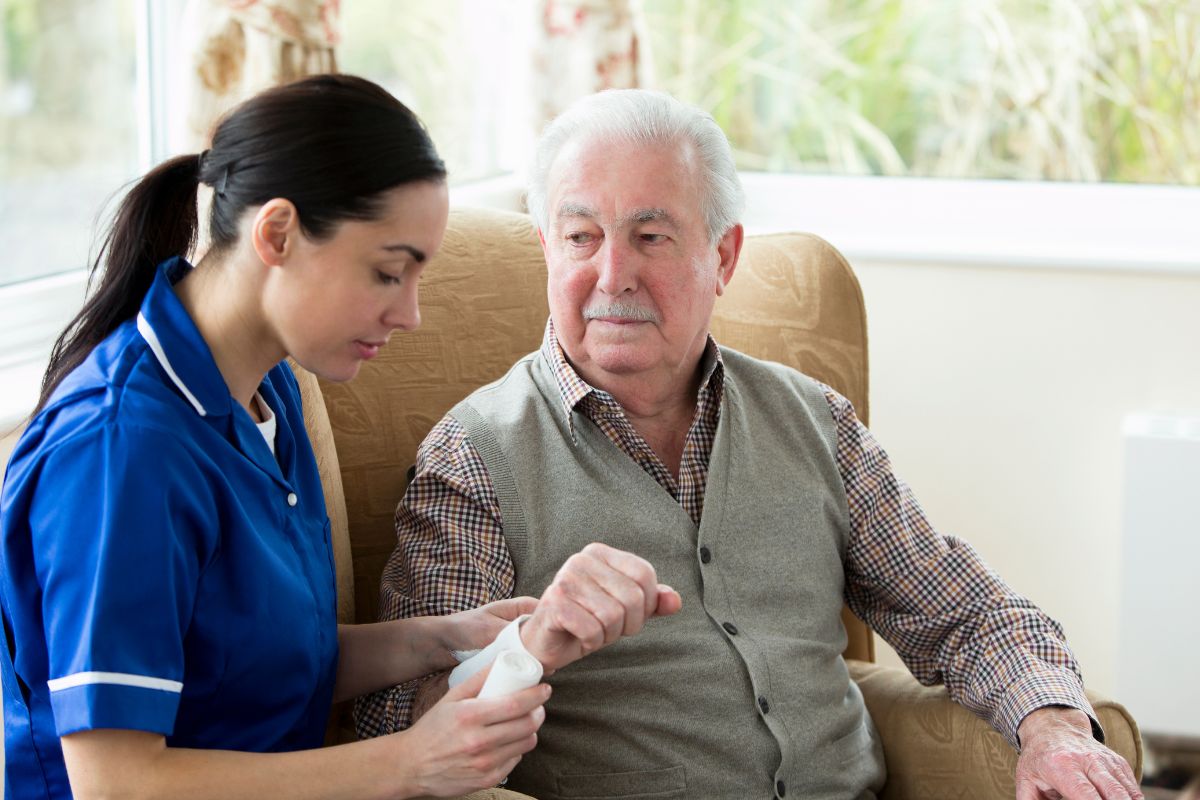
Unlocking The Healing Potential Of Growth Factors
From controlling inflammation to rebuilding tissues, growth factors in wound healing play a central role in every recovery phase. These powerful proteins guide cellular repair and interact with cytokines to maintain a balanced immune response. Advances in biotechnology offer promising solutions for treating chronic and complex wounds. As science continues to evolve, growth factor-based therapies may redefine the future of wound care.
To support faster, safer healing, explore the power of DonorCure’s growth factor-rich amniotic tissue allografts—a natural, regenerative solution for optimal wound recovery.
Heal Ulcers, Burns, & Surgery Wounds With Break-Through Amniotic Allograft Treatments
Experience the future of wound care with our advanced amniotic allograft treatments. Say goodbye to slow healing. Our innovative solutions promote faster recovery from pressure wounds, ulcers, burns, and surgical wounds. Trust the power of science for your healing journey. Regain your comfort and health today! See if you are eligible for treatment here.

About The Author
Corinne Grace is a full-time writer living in the Philippines. She has a nursing degree from Riverside College. Her background in nursing informs her perspective, allowing her to weave in themes of health, empathy, and resilience into her work.

